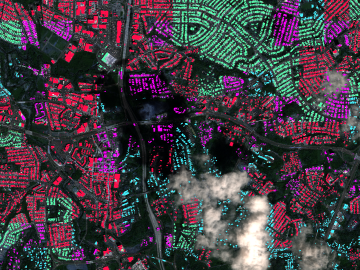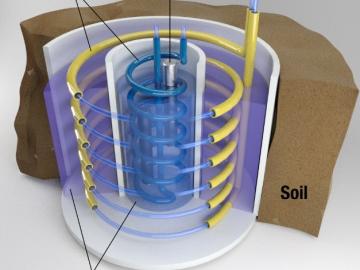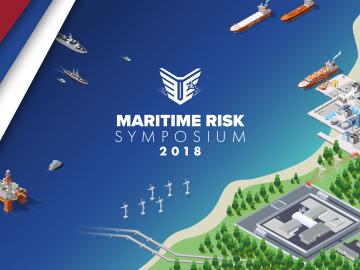
Filter News
Area of Research
- (-) Energy Science (45)
- (-) National Security (6)
- (-) Nuclear Systems Modeling, Simulation and Validation (1)
- Biology and Environment (11)
- Computer Science (1)
- Fusion and Fission (2)
- Fusion Energy (4)
- Materials (16)
- Materials for Computing (4)
- Neutron Science (9)
- Nuclear Science and Technology (10)
- Quantum information Science (2)
- Supercomputing (36)
News Topics
- (-) Advanced Reactors (4)
- (-) Chemical Sciences (2)
- (-) Computer Science (14)
- (-) Transportation (17)
- 3-D Printing/Advanced Manufacturing (19)
- Artificial Intelligence (4)
- Big Data (4)
- Bioenergy (10)
- Biology (2)
- Biomedical (3)
- Biotechnology (1)
- Clean Water (1)
- Composites (1)
- Coronavirus (8)
- Cybersecurity (5)
- Energy Storage (17)
- Environment (20)
- Exascale Computing (1)
- Grid (9)
- High-Performance Computing (1)
- Isotopes (1)
- Machine Learning (5)
- Materials (2)
- Materials Science (12)
- Mathematics (1)
- Mercury (1)
- Microscopy (3)
- Molten Salt (1)
- Nanotechnology (5)
- National Security (2)
- Neutron Science (6)
- Nuclear Energy (4)
- Physics (1)
- Polymers (4)
- Quantum Science (2)
- Security (6)
- Space Exploration (1)
- Summit (4)
Media Contacts

A novel approach developed by scientists at ORNL can scan massive datasets of large-scale satellite images to more accurately map infrastructure – such as buildings and roads – in hours versus days.

Energy storage startup SPARKZ Inc. has exclusively licensed five battery technologies from the Department of Energy’s Oak Ridge National Laboratory designed to eliminate cobalt metal in lithium-ion batteries. The advancement is aimed at accelerating the production of electric vehicles and energy storage solutions for the power grid.

Oak Ridge National Laboratory researchers created a geothermal energy storage system that could reduce peak electricity demand up to 37% in homes while helping balance grid operations.

Nuclear scientists at Oak Ridge National Laboratory have established a Nuclear Quality Assurance-1 program for a software product designed to simulate today’s commercial nuclear reactors – removing a significant barrier for industry adoption of the technology.

To better determine the potential energy cost savings among connected homes, researchers at Oak Ridge National Laboratory developed a computer simulation to more accurately compare energy use on similar weather days.

Thought leaders from across the maritime community came together at Oak Ridge National Laboratory to explore the emerging new energy landscape for the maritime transportation system during the Ninth Annual Maritime Risk Symposium.

Self-driving cars promise to keep traffic moving smoothly and reduce fuel usage, but proving those advantages has been a challenge with so few connected and automated vehicles, or CAVs, currently on the road.

The U.S. Department of Energy’s Oak Ridge National Laboratory today unveiled Summit as the world’s most powerful and smartest scientific supercomputer.
For the past six years, some 140 scientists from five institutions have traveled to the Arctic Circle and beyond to gather field data as part of the Department of Energy-sponsored NGEE Arctic project. This article gives insight into how scientists gather the measurements that inform t...

Researchers are looking to neutrons for new ways to save fuel during the operation of filters that clean the soot, or carbon and ash-based particulate matter, emitted by vehicles. A team of researchers from the Energy and Transportation Science Division at the Department of En...


